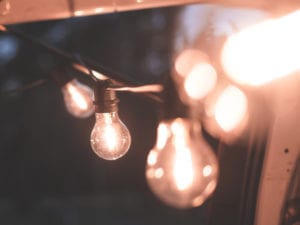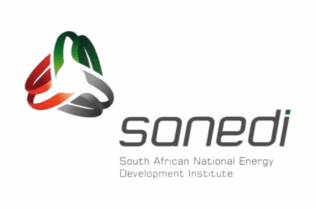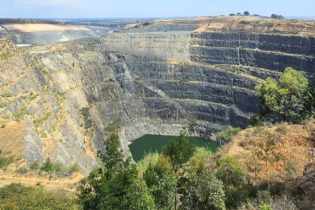The recent gazetting of amendments to Schedule 2 of the Electricity Regulation Act (ERA) of 2006, which increases the licensing threshold for embedded generation projects from 1 MW to 100 MW, is good news for South Africa’s biggest energy users.
It will also bring eventual energy security to smaller businesses and consumers, who can look forward to a reduction in loadshedding and less reliance on Eskom in the future. The main amendment to Schedule 2 of ERA is in paragraph 3.1, which now provides that operating an electricity generation facility, with or without storage, with a point of connection to the transmission or distribution grid, with a capacity of no more than 100 MW, is exempt from licensing by, but will require registration with, NERSA. In practical terms, this means that the following facilities are now exempt:- Non-wheeling facilities – located close to or adjacent to the end user customer or purchaser of the energy where there is import and export at the same point of supply (otherwise known as net-metering) or that connect “behind the meter” (the generation facility connects and feeds energy within the purchaser’s connection infrastructure). The operator of the facility does not use the transmission or distribution systems to convey energy to the purchaser’s system;
- Wheeling facilities – situated away from the purchaser, with wheeling arrangements in place to convey the electricity to a purchaser through the transmission and/or distribution system. The generator or owner of the facility must have a connection agreement with the relevant distributor or the transmission company; and
- Other facilities – generation facilities that do not export or import electricity onto or from transmission or distribution systems.
The amended exemption removes several issues raised in relation to the Original Exemption.
- The Minister has now removed the phrases “intend to amend” and “intend to determine” in paragraphs (a) and (b) of the Original Exemption and replaced them with “hereby amend” and “hereby determine”, which brings clarity that the Amended Exemption is final.
- The Minister has clarified that exempted electricity generators may sell to multiple customers through removing the language in paragraphs 3.1.1 and 3.1.2 referring to the supply of electricity to “an end-use customer“, replacing it with reference to “one or more customers“.
- The lead-in language in paragraph 3 of the Original Exemption appears to have been omitted in error in the Amended Exemption. The language read: “The following activities are exempt from the requirement to apply for and hold a licence under the Act, but these activities must comply with the Code and any other authorisations and/or agreements as may be required, and must be registered with the Regulator“. This omission is fundamental because without it, the Amended Exemption contains no language to indicate that the generation and trading activities listed in paragraphs 3.1 to 3.5 are in fact exempted and require registration with NERSA, which we understand to be the Minster’s intention. Some market commentators are of the view that the omission of this language eliminates the risk that additional regulations could be added by NERSA.
- The definitions of “Point of Connection” and the first part of the definition of “Property” that appeared in the Original Exemption appear to have been omitted from the Amended Exemption in error as these two terms are both still used in the Amended Exemption.
- The language of paragraph 3.5.1 and the first part of paragraph 3.5.2 of the Original Exemption that makes provision for the trading of electricity by resellers appears to have been omitted from the Amended Exemption in error, making the reseller provisions difficult to interpret.
- It is unclear whether the reference to “where there is conveyancing of electricity through the transmission or distribution power system” in the Distribution Licence Exemption is intended to exclude the operation of distribution lines that connect behind the meter. In this instance, the electricity exported to the purchaser’s system would not be conveyed through a distribution power system.
- In respect of the Trading Licence Exemption, “reseller” is defined as a person who purchases electricity from a trading entity to sell it to a customer, but “trading entity” is not defined. It is not clear which sellers of electricity would qualify as trading entities.
- It is unclear whether the operator of an exempted generation facility would be required to obtain a trading licence in order to sell electricity to an end-use customer. In our view, the answer is negative.
- The definition of “Embedded Generator” refers to legal entities that operate one or more Units that are connected to the distribution system. This appears to exclude Units that are connected to the transmission system. The reason for this distinction is unclear. But this could be an academic question as the term, Embedded Generator, is not used in the amended Schedule 2 of the ERA at all.
- In relation to NERSA’s power to revoke and deregister under paragraphs 4, 5 and 6 of the Amended Exemption, the grounds on which NERSA may vary, suspend, remove or revoke a registration are not clear. These paragraphs suggest that NERSA could do so on receipt of an application by a third party, for example, but they do not specify the parameters of any such application.








